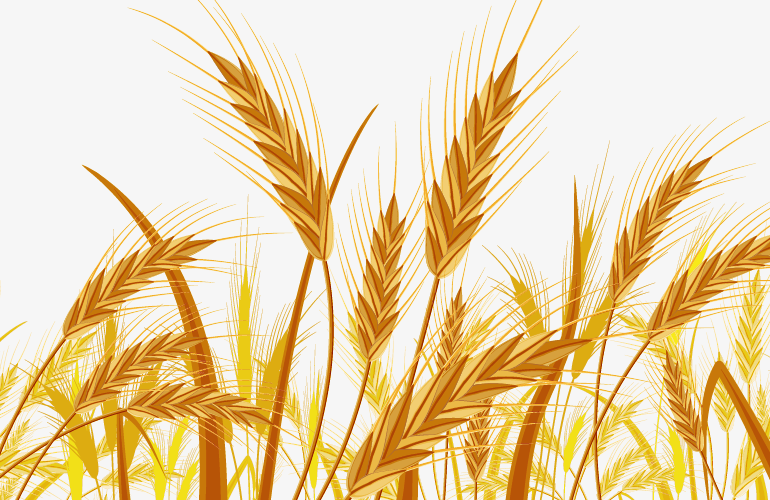- Support : info@greencosmicbiofuels.com
You Have the Power Today to Change That’s How we’d Like the World to be



Project Information
-

Started
2021
-

Category
BIO-FUELS Using Paddy Straw
-

Location
Nanakramguda, Hyderabad
Using Paddy Straw
Producing BIO-CNG from paddy straw offers a promising solution to address both agricultural waste management and renewable energy generation. Paddy straw, also known as rice straw, is abundantly available as a byproduct of rice cultivation, particularly in regions with intensive rice production. Instead of burning or disposing of paddy straw, converting it into BIO-CNG presents an environmentally friendly and economically viable alternative.
Production Process of BIO-CNG from Paddy Straw:
Feedstock Collection: After rice harvesting, the leftover paddy straw is collected from fields. Paddy straw consists of stalks, leaves, and husks, which can be utilized as feedstock for BIO-CNG production.
Preparation and Shredding: Paddy straw is shredded or chopped into smaller pieces to increase the surface area and facilitate microbial digestion in the biogas plant. This step enhances the efficiency of the anaerobic digestion process.
Anaerobic Digestion: The shredded paddy straw is then loaded into anaerobic digesters, where it undergoes anaerobic digestion. In the absence of oxygen, microorganisms break down the organic matter in the paddy straw, releasing biogas as a byproduct.
Biogas Purification: The biogas produced from paddy straw contains methane (CH4), carbon dioxide (CO2), and trace gases such as hydrogen sulfide (H2S). It undergoes purification to remove impurities, moisture, and contaminants, resulting in purified biogas with high methane content.
Compression: The purified biogas is compressed to reduce its volume and increase its energy density, converting it into BIO-CNG. Compression facilitates storage, transportation, and utilization of the fuel.
Donate Now
